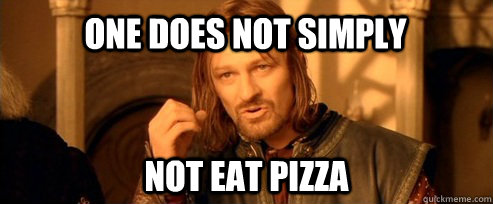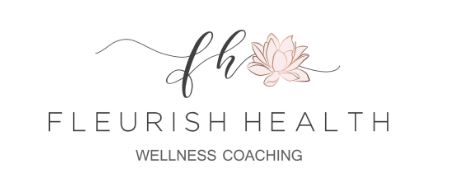
One of the most common, and most debilitating, roadblocks I see in the health and wellness space is "intimidation." Folks, new to this space, seem to get so overwhelmed with all the different rules and aspects associated with a healthier lifestyle. Keeping in mind that health is a journey and not a destination, stressing to get to the imaginary finish line appears to only exacerbate the problem.
Tim Ferriss, the popular blogger and author, is well-known for his 3 life hacking books (The 4 Hour Body, The 4 Hour Work Week, and The 4 Hour Chef) has a fairly decent way of learning brand new skills really quickly. How quickly? Well, using the simplified method laid out in this article, he has been known to teach others, and himself, how to functionally speak a new language within a 3-month time frame. That's pretty incredible when you stop and think about it. That would be the equivalent of booking a trip to Italy for September and stepping off of the plane functionally fluent. Impressive when compared to the years that most take to learn another language. Yet, notice I didn't use the word "expert". There is a huge difference between "mastering your health" and "functional wellness." And I mean, HUGE!

Tim coined the acronym "D.S.S.S" which stands for Deconstruct, Selection, Sequencing, and Stakes. So, how can it be applied to health? Let's flatten that learning curve a bit, shall we?
1. Deconstruct
Aim to identify the key quality characteristics of the process. Ferriss does this by studying the best practices and trying to figure out what elements appear essential to producing the results. Personally, from your perspective, this would include thinking about some of the habits and actions that you have seen other healthy people do. This could include: cooking more meals instead of eating out, opting for whole foods instead of processed, eating more protein with each meal, or drinking enough water. What I just described will get you 80% of the results you seek, right out of the gate. But more on that, shortly. You want to visualize the outcome you seek to attain and then figure out what you will have to measure in order to assess your proximity to it.
2. Selection
We have all heard of Pareto's Principle (the 80/20 rule). This is where 20% of the activities or actions will produce 80% of the results. One of the main errors that I see new health pursuers make is that they attempt to emulate the minutia of the healthy habits as opposed to creating the necessary foundational work needed for long term success. Counting macronutrient and micronutrient percentages and values are key for attaining single-digit body fat levels, but not for lowering blood pressure and decreasing cardiovascular disease risk. Rep and set schemes for specific approaches to muscle glycogen depletion are key for a seasoned veteran to trigger muscle hypertrophy, but let's just focus on actually making it to the gym 3 days per week. There is a reason Steve Jobs and Mark Zuckerberg wear the same clothes daily. The aggregation of all those small decisions is a flat-out nuisance. Focus on the big rocks, first.
3. Sequencing
So, you've identified your 20%, now what? Well, now we must line them out appropriately according to which efforts must be done prior to the next. For example:
1. 7 hours of sleep per night
2. .5 oz of water per 1 lbs of body weight
3. Eat real food
4. Exercise 3 times per week, consistently
Without the proper sleep, all efforts are futile, so let's just get that straight. Without proper hydration, you'll have a pretty hard time cutting any significant amount of body fat. And most importantly, you could hibernate like a bear, drink like a fish, and smoothie your way into eternity, but if you aren't getting under some sort of weight at the gym, you might not grow or "tone" the muscle that you'd hoped....

4. Stakes
"Finally, T gets to the juicy part. Something I can really sink my teeth into..."
Not those steaks.... Real Stakes. The stuff that makes it all happen. "Necessity!"
The funny thing about us humans is that we can get so much done once we HAVE to.
"Oh, I have all semester to study for this final, then I shall begin the night before the test."
"Oh, I have to get in a bikini in June, then I shall commence my New Year's resolution on May 15th."
But, put some skin in the game early on, and most tend to carry out their intentions. Yet, we just can't seem to buy as much these days with the same willpower currency of the past...

Ferriss realized that the majority of folks tended to stick to their commitments once they had something on the line. And it doesn't have to be a large sum of money. Just announcing your commitment on social media could be enough for you to not want to let other's down. But, then again, giving your friend $100 and having the risk of them donating it to a fund or campaign that you despise could be enough to keep the chocolate out your mouth. Just sayin...
So, there you have it. No more intimidation regarding how difficult learning to "get healthy" seems to be. It's all laid out like a crisply pressed, and neatly folded school uniform. So, remember, deconstruct it down to the basics, select the most bang for your buck, sequence it out according to logic and results, then take some risks! Our "wants and wishes" aren't as powerful as our "musts and needs".


